
[ad_1]
Last year, I set a goal to shop only secondhand for one year. Honestly? I didn’t fully believe I could keep it up. I’ve put myself on shopping bans before, but never for anything as long as a year. For the first few months of 2023, I didn’t shop at all. But then, I started to find my feet in the world of secondhand shopping. Truly—I couldn’t believe how much I learned about consumption, my personal style, and even myself from a year of buying nothing new.
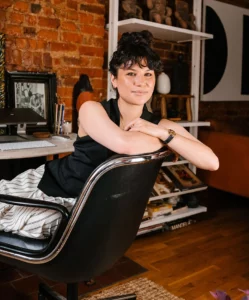
Cristina Cleveland
Cristina creates interiors that balance your style, comfort and function so that your home supports your lifestyle. With a background in digital publishing, she also produces the online series Home School to make elevated home design accessible to every budget.
A past version of myself once thought that secondhand shopping wasn’t nearly as fun as buying new pieces. After all, I am human and attuned to the thrill of novelty that excites so many of us. However, after a year of honing my secondhand shopping skills, I’ve come to love the creativity the practice requires. It’s a skill and one that lets me flex my design prowess and love of curation.
Are you ready to dive into the secondhand shopping world? Ahead, discover my top lessons from secondhand shopping—and all the opportunities for fun and creativity I’ve gathered along the way.
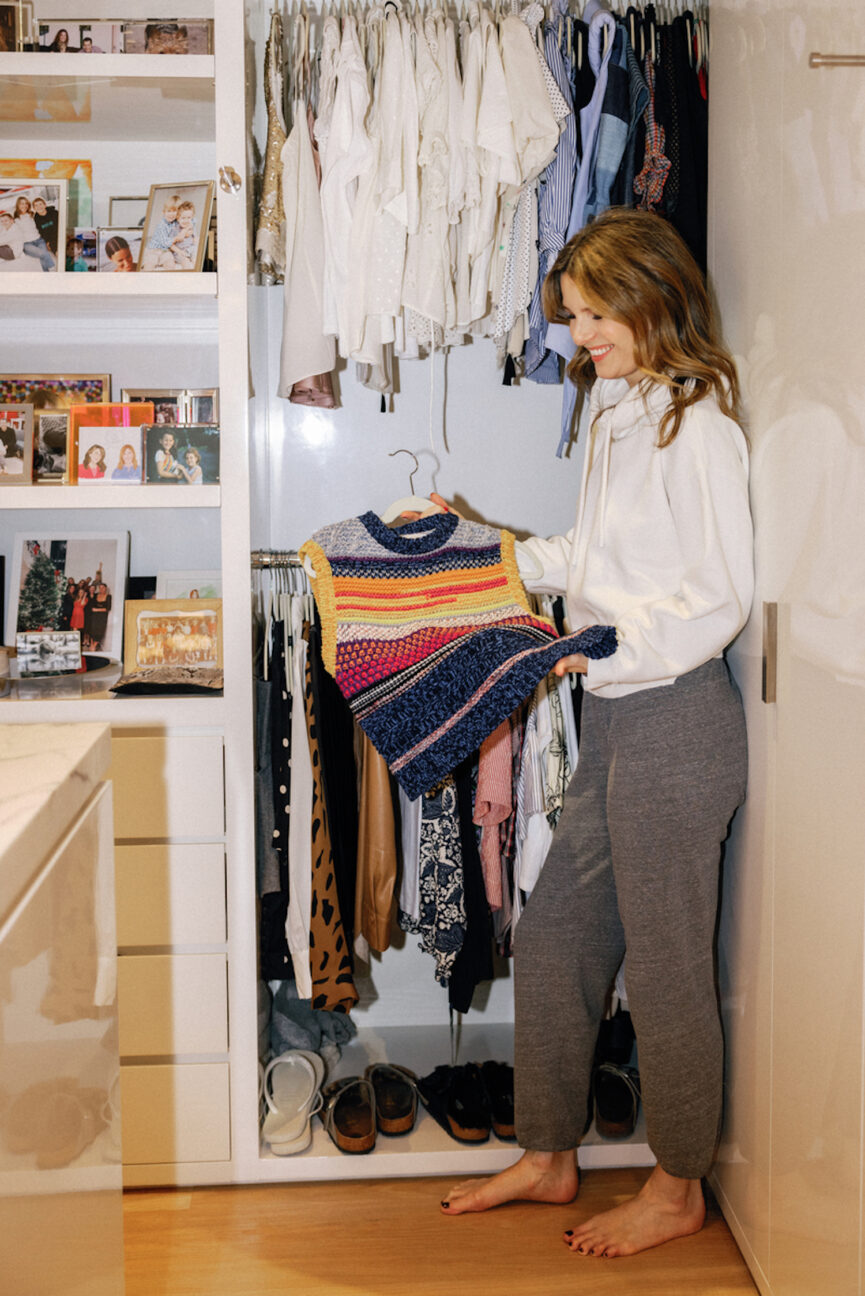
1. Most Impulses Are Fleeting
Shopping is more accessible than ever before. With a simple swipe and click you have a package heading straight to your door. My commitment to shopping secondhand created a moment of pause. If I had the impulse to buy a new pair of boots, I had to find them first. The hunt may take a couple trips to a consignment shop or some time scrolling through eBay. I found that most of the time, I forgot about them after a day or two. If I kept searching with zeal, then I knew it wasn’t just an impulse.
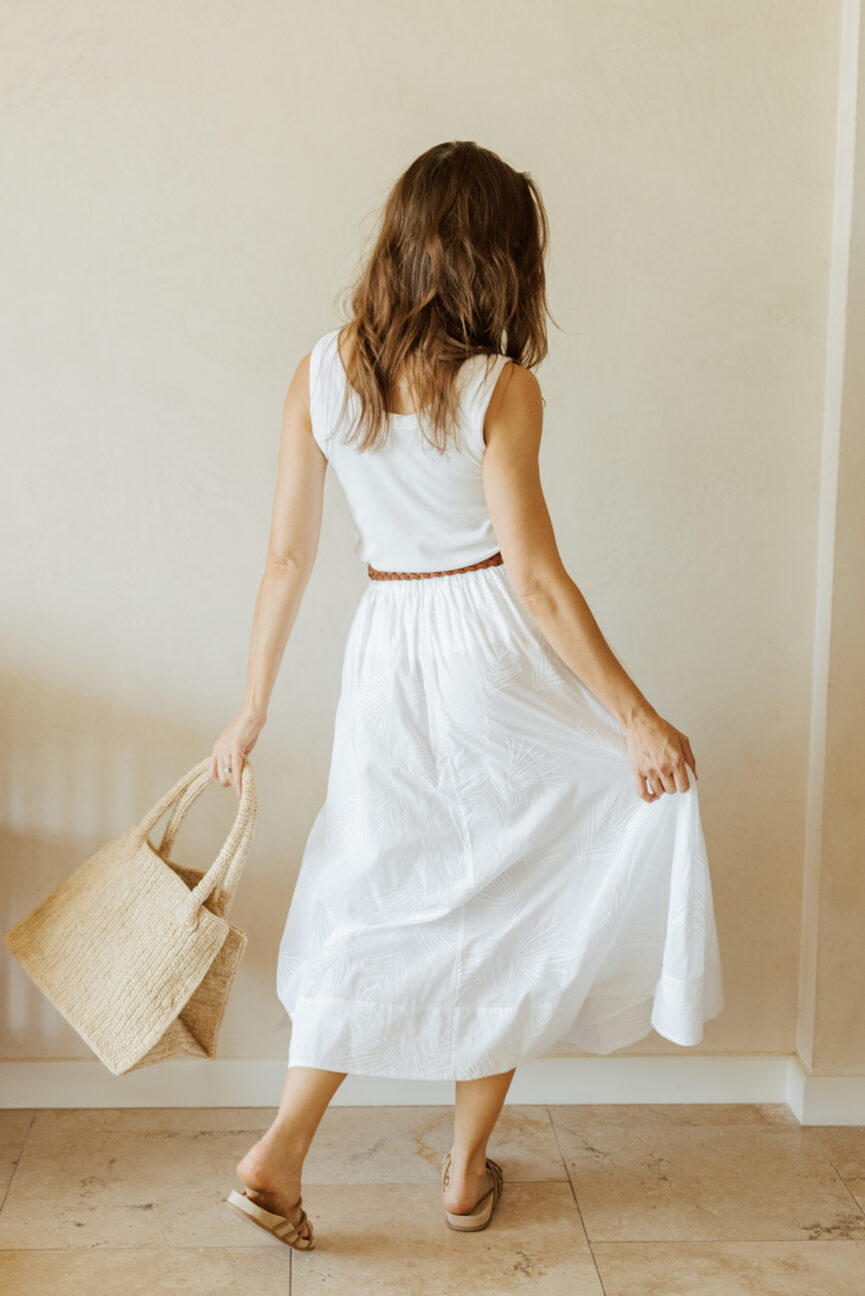
There is a whole rabbit hole of the internet dedicated to secondhand shopping. From watching videos and reading advice, I learned that it’s a muscle that you build through practice. Many avid thrifters pop into their local shops several times a week. Your first time will likely feel overwhelming, but with time you start to get a feel for the sections you like to look at, the prints, fabrics, or types of pieces that are worth spending time on. (And which ones aren’t.) Eventually, you get to a point where you can comb the store pretty quickly and develop an instinct for what’s a gem.
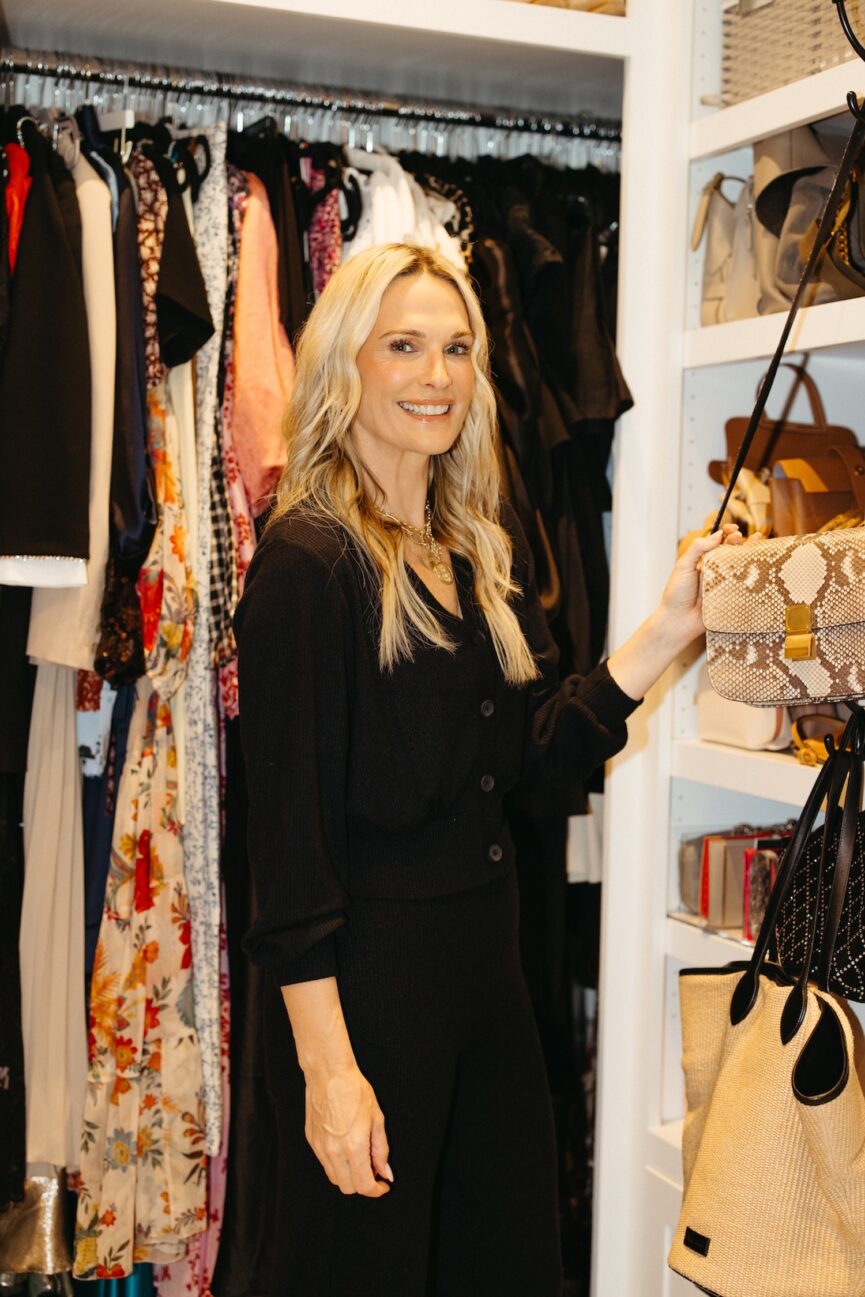
During my challenge, I discovered so many new ways to shop secondhand beyond the thrift store that may immediately come to mind. There are apps like Poshmark and Depop where you can buy directly from sellers, and vintage shops that you can follow on eBay, Etsy, and Instagram. There are also vintage and consignment shops and meetups with ladies who are looking to trade their pre-loved clothes.
You have so many options, and even if you’re not doing a challenge like I did, it’s worth adding a few of these into your regular shopping routine. The reality of our modern world is that so many of the clothes on offer have been worn once—just for photos! This is especially true for Instagram shops.
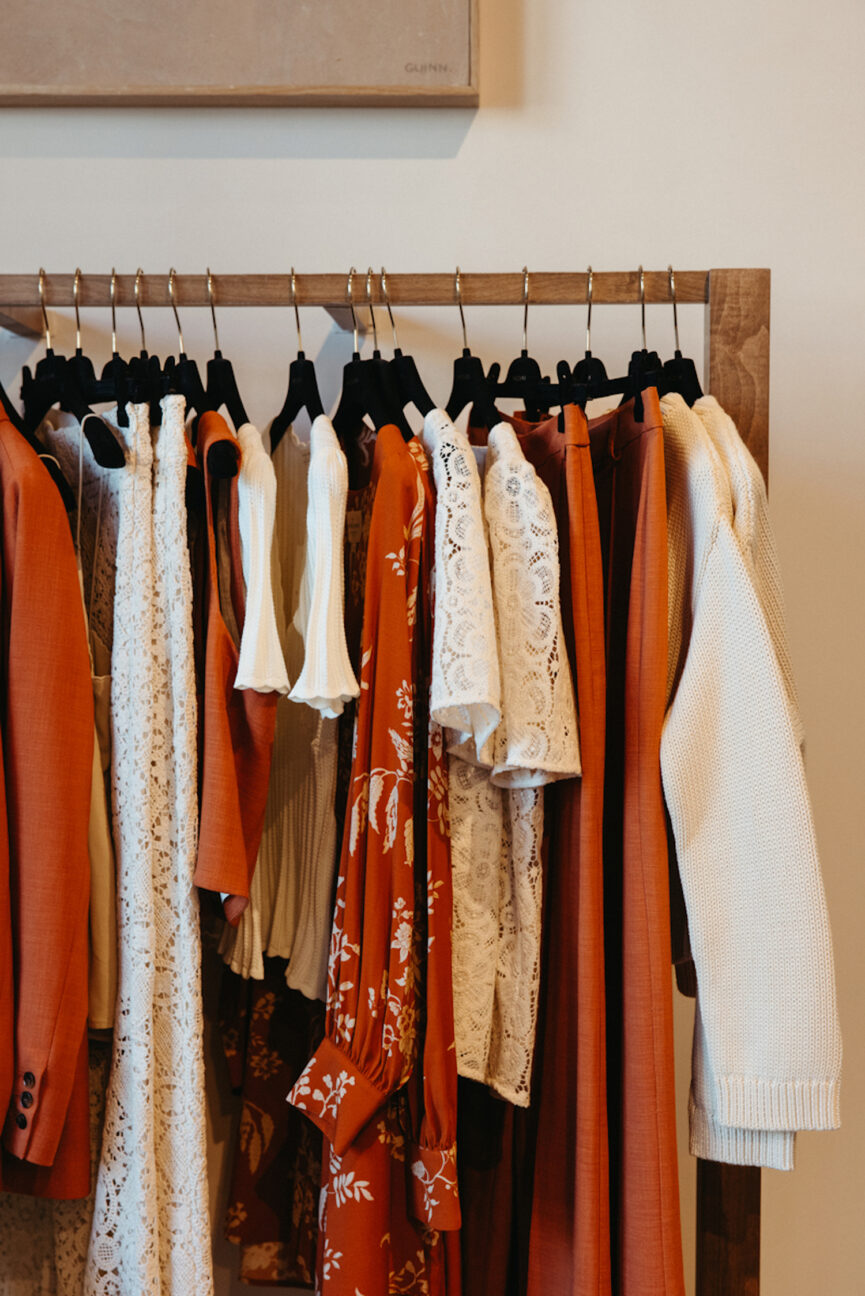
4. What You Want In-Store Is Probably Already for Sale Secondhand
Last year, I bought a bridesmaid dress new at a bridal boutique, but realized afterwards that the same dress was listed online, so I returned the new dress and bought the used one. It worked out perfectly! I learned that when I did fall in love with something new, I could do a quick search for the item online. Most of the time, it was already for sale secondhand online. You can find just about anything, including designer and boutique brands, on the apps and sites I mentioned above. On eBay, you can also set up a saved search so that you get an email if someone lists the item you’re looking for, which takes some of the legwork out of it for you.
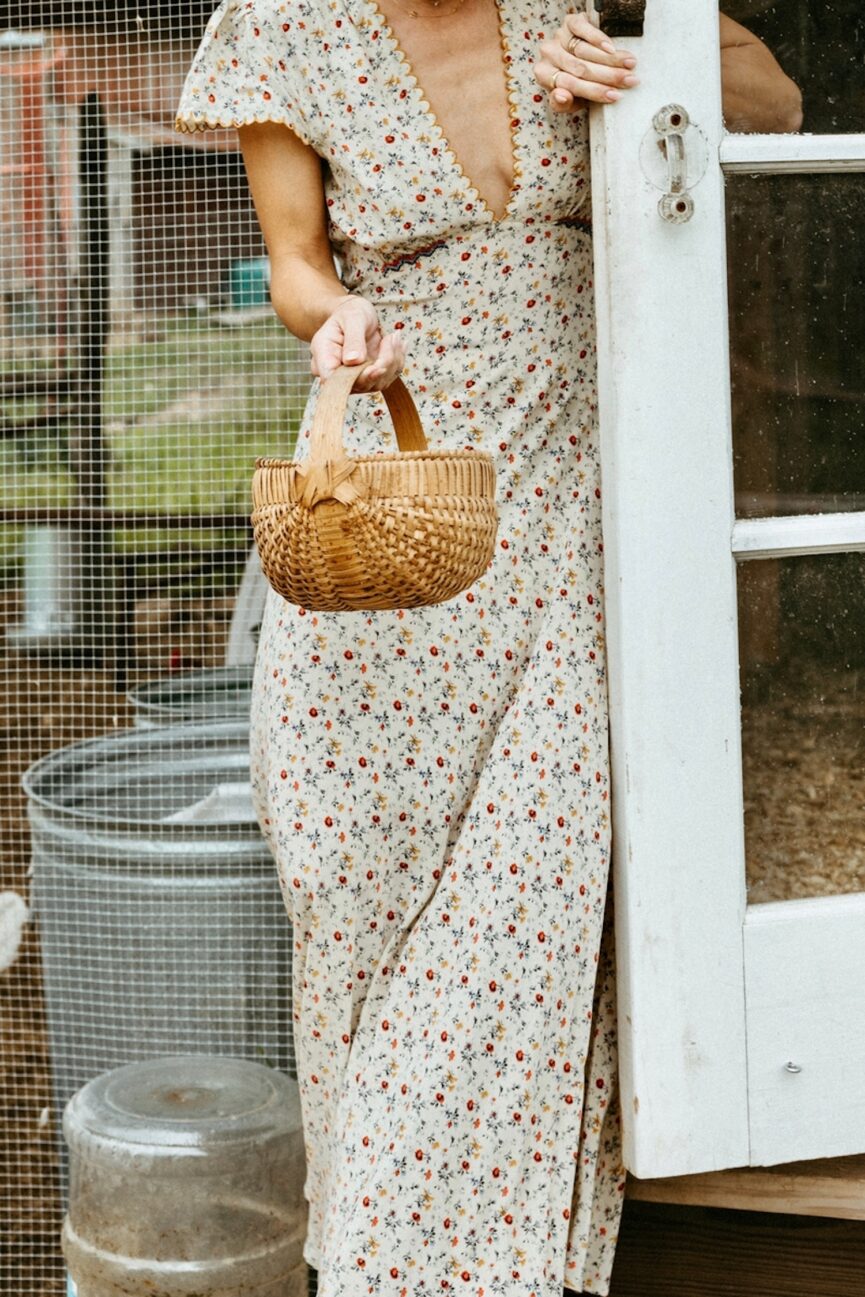
5. Creativity Thrives
The overwhelming response I’ve heard from people who practice capsule wardrobes is that initially they worried they’d feel limited. In reality, they were able to create more looks they loved when they were forced to get creative. The same can be said for shopping secondhand. When I shop for new clothes I find myself recreating trending outfits that I’ve seen on Pinterest or Instagram, in some cases even buying the very same clothes. When I shop secondhand, I break free from the default trends and think more creatively about how I want to present myself.
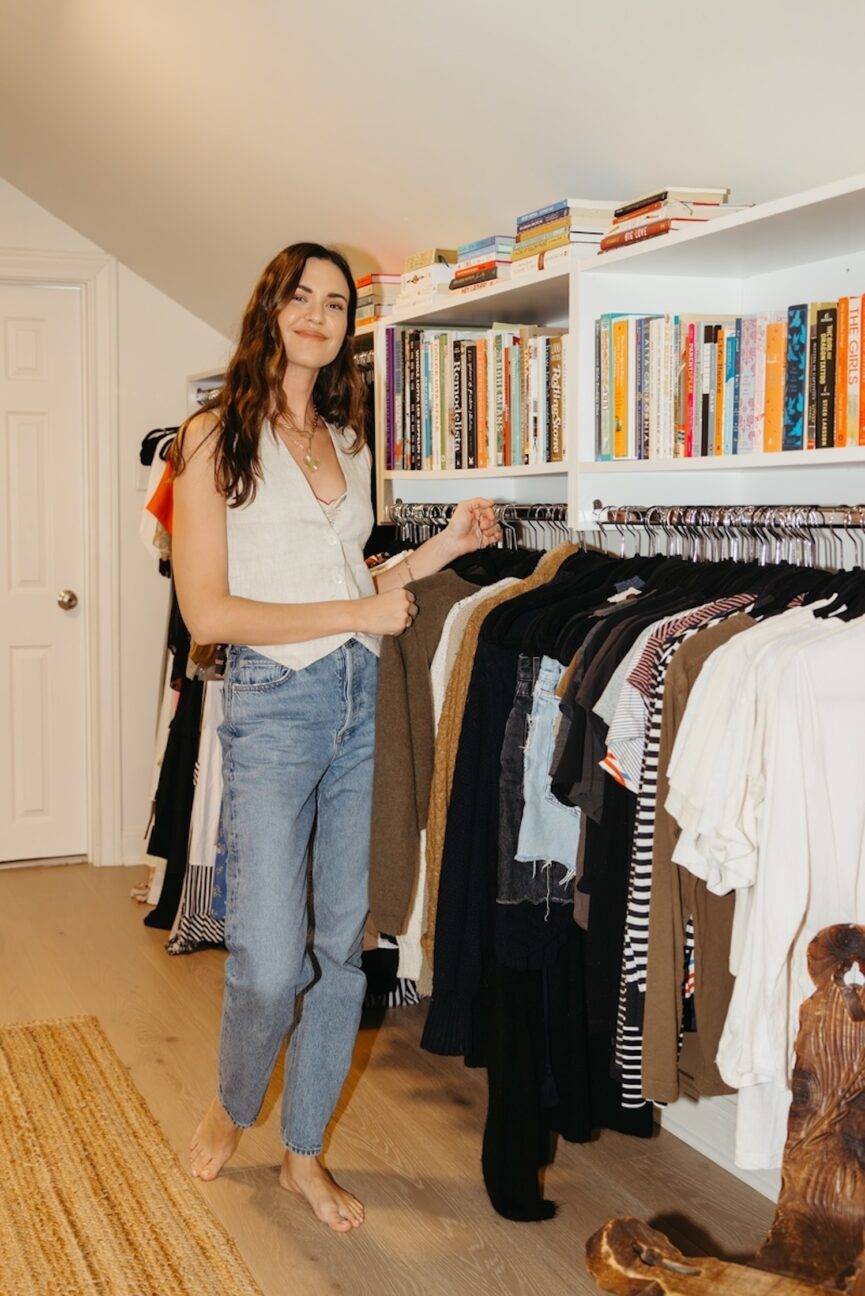
6. You Can Find What’s Trending—But Better
The designs on the runway and in stores right now are largely based on silhouettes that were designed in the 70s or the 90s. If you walk into a Goodwill today you can actually find the original designs from the 70s and the 90s from high-end designers. (Bonus: They’ll look much cooler and are cheaper!) Yes, it might take a couple of trips to Goodwill to find the perfect oversized blazer or culottes, but when you do find them it will feel so much more satisfying than clicking on that Instagram post and buying the exact blazer you saw someone else wearing. Where’s the fun in that?
[ad_2]